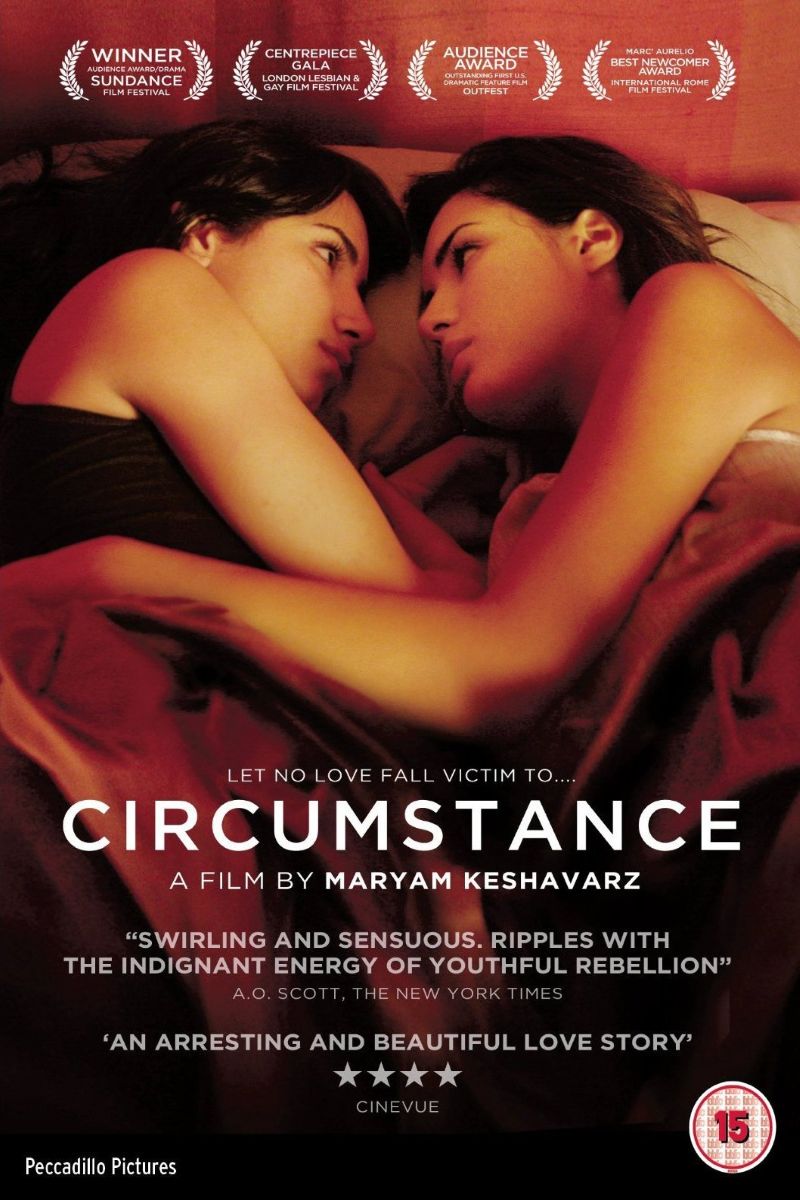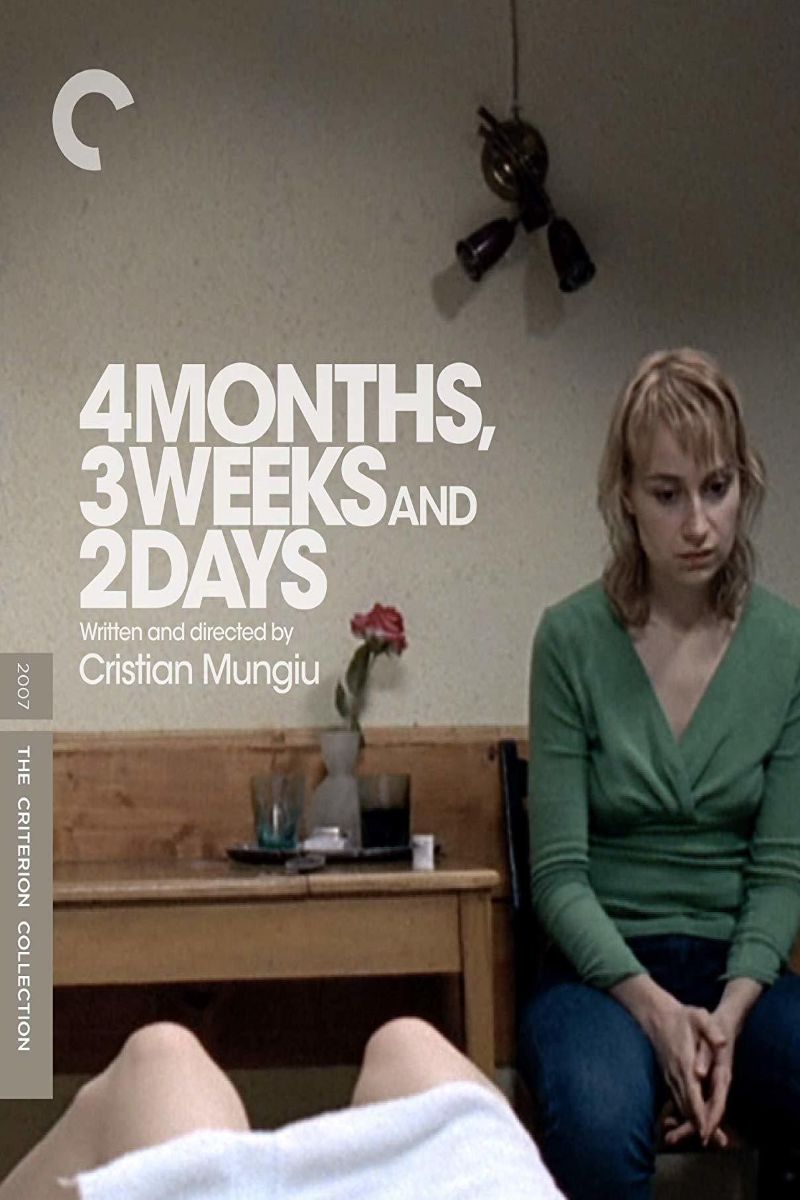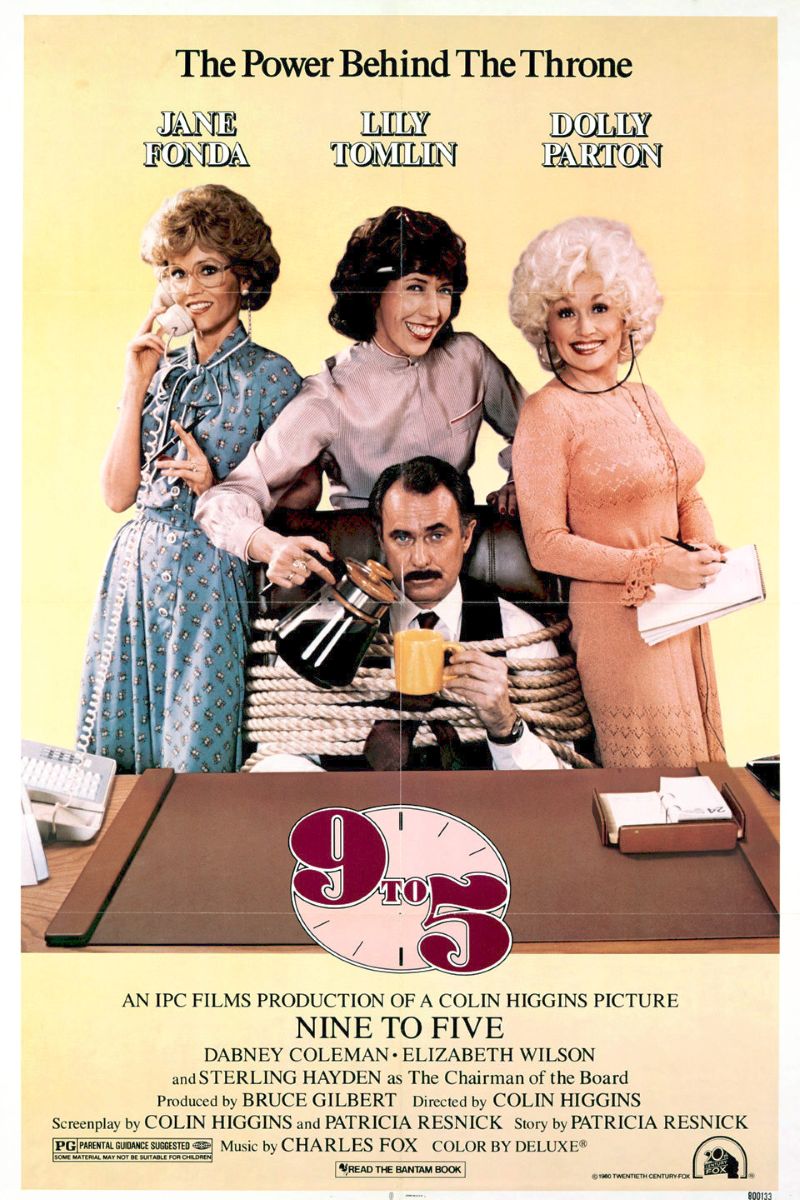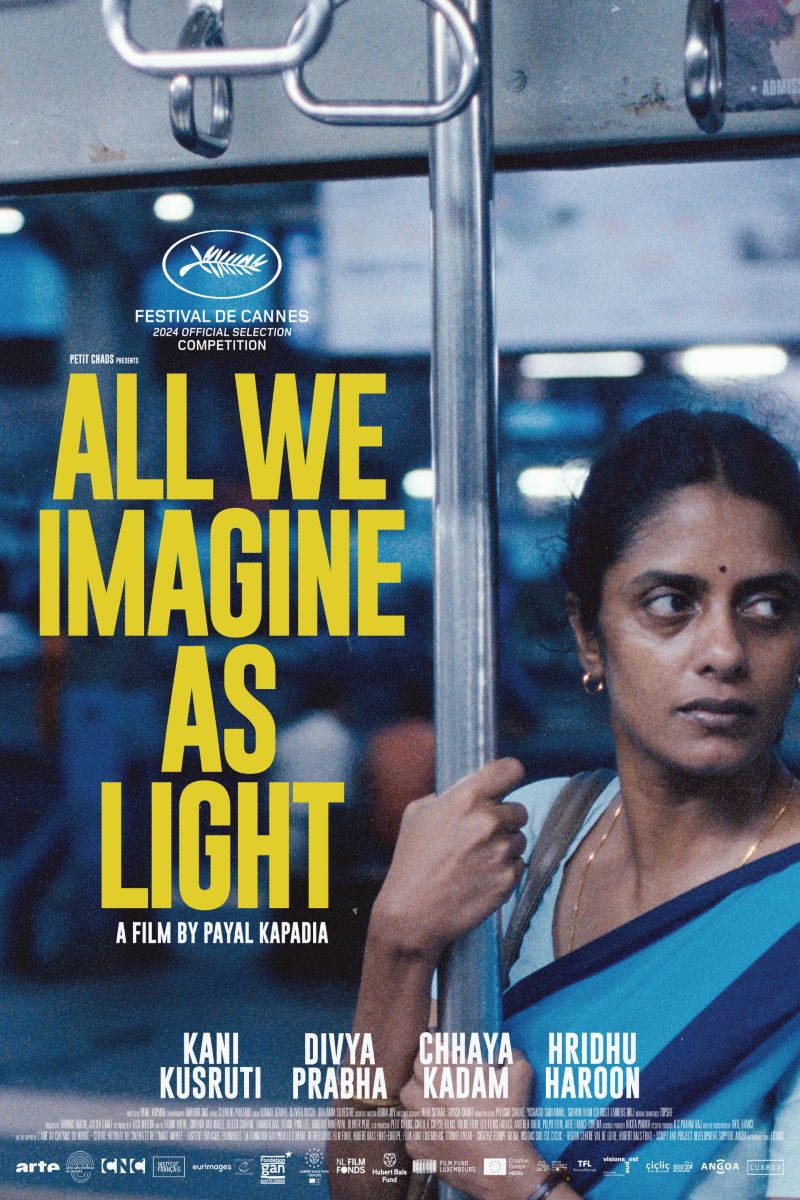
Circumstance
Circumstance
Director Maryam Keshavarz's coming-of-age drama focuses on a wealthy Iranian family, particularly headstrong teenager Atafeh whose relationship with her friend Shireen evolves from friendship into romance and even eroticism, alongside her brother's journey from recovering drug addict to religious extremist. This vibrant exploration of sexual rebellion showcases high school protagonists confronting patriarchal oppression, culminating in a penetrating examination of women's treatment under Iranian theocracy.
主演
🎥 影评与解读
“Circumstance” stands as a groundbreaking feminist film in which director Maryam Keshavarz courageously reveals the living conditions and resistance spirit of contemporary Iranian women under theocratic political oppression. This film serves not only as a sharp critique of the Islamic Republic of Iran’s patriarchal system but also as profound care for women and sexual minorities worldwide facing religious extremist oppression. Through the story of teenage girls Atafeh (Nikohl Boosheri) and Shireen (Sarah Kazemy), the film demonstrates the price and courage required to pursue freedom and authentic self-expression under authoritarian rule.
The film’s political background is extremely important. Since Iran’s 1979 Islamic Revolution, women’s bodies and sexual identity have become key targets of state control. Under Iran’s legal system, women are required to follow strict dress codes, cannot have physical contact with non-relative men, and same-sex relationships are punishable by death. In such a social environment, Atafeh and Shireen’s friendship and love represents not merely personal choice but a fundamental challenge to the entire patriarchal theocratic system.
From a queer theory perspective, the gradually developing intimate relationship between the two girls represents resistance to heterosexual hegemony. Their free expression at underground parties, intimate contact, and emotional exploration all constitute direct rebellion against compulsory heterosexuality. The film neither romanticizes nor pathologizes their relationship but portrays it as a natural process of seeking authentic selfhood in an oppressive environment. This portrayal holds important identity value and political significance for queer teenagers worldwide, particularly those living in religiously conservative societies.
The film’s portrayal of female friendship transcends traditional friendship boundaries, entering deeper emotional and physical intimacy. The relationship between Atafeh and Shireen functions as friendship, romance, and mutual redemption and support in an oppressive environment. Through shared acts of rebellion—attending underground parties, drinking, experimenting with drugs, exploring sexuality—they resist society’s strict control over women’s bodies and desires. This shared resistance not only deepens their emotional bond but creates a relatively safe space of resistance.
The character of Mehran (Reza Sixo Safai) carries profound symbolic significance. As Atafeh’s brother transforming from drug addict to religious extremist, he represents the path through which men in authoritarian societies gain power and identity by embracing patriarchy. His obsession with and surveillance of Shireen embodies male possessiveness over women’s bodies and how religious extremism provides legitimizing cover for such possessiveness. Mehran’s character reveals how patriarchy uses religious discourse to discipline and control women while demonstrating male alienation and distortion within this system.
From anti-feminism studies perspectives, the film shows how religious extremism systematically suppresses women’s rights. Iran’s theocratic politics not only restricts women’s dress and behavior but attempts to control their thoughts and desires. The existence of morality police, surveillance of women’s gatherings, and severe punishment of homosexual behavior all represent specific manifestations of patriarchy implementing control through state apparatus. Through meticulous depiction of daily life, the film reveals how this control penetrates every corner of private life.
The film’s visual language also carries political metaphors. Bright underground party scenes contrast sharply with oppressive daily life, while color usage—from dull campuses to brilliant nightclubs—symbolizes the opposition between freedom and oppression. Cinematographic techniques, particularly close-ups in intimate scenes, emphasize the political significance of physical contact in this taboo society. Musical choices also reflect conflicts between globalization and local culture, with Western pop music representing freedom and modernity while traditional Iranian music carries the complexity of cultural identity.
From cultural critique perspectives, the film reveals complex relationships between modernity and tradition, globalization and local culture. The wealthy families to which Atafeh and Shireen belong enjoy modern material life while being forced to follow strict religious norms in public. This contradiction reflects the identity crisis faced by contemporary Iranian middle class—they desire Western liberal lifestyles while being forced to survive in local political realities.
The film’s portrayal of family relationships also carries feminist significance. Atafeh’s relationship with her mother demonstrates understanding and conflict between generations. While the mother understands her daughter’s desire for freedom, she also worries that her behavior will bring danger. This mother-daughter relationship reflects how women in patriarchal societies seek balance between protecting the next generation and maintaining their own safety. The mother’s role functions as both protector and enforcer of patriarchal systems, adding realistic depth to the film’s complexity.
From political consciousness perspectives, the two girls’ behavior represents not merely personal rebellion but political action. Each of their choices—from dress to social interaction, from musical preferences to sexual exploration—carries political significance. In a society attempting comprehensive control over women’s lives, the pursuit of personal freedom itself constitutes political resistance. Through their story, the film demonstrates how young women challenge authoritarian rule through daily practices.
The film’s international success also carries important cultural political significance. After winning awards at Sundance Film Festival, this film attracted global attention to Iranian women’s circumstances. Simultaneously, the film was banned by the Iranian government and the director herself was prohibited from returning to Iran—reactions that precisely prove the effectiveness and threatening nature of the film’s political critique.
From decolonial feminist perspectives, Keshavarz as an Iranian-American director reclaims narrative authority about Iranian women through this film. She refuses both Western media’s stereotypical portrayals of Iranian women and Iranian official idealized shaping of women, instead presenting authentic, complex, agential female characters. This narrative strategy holds important significance for breaking cultural misunderstandings between East and West and promoting genuine cross-cultural understanding.
The film’s exploration of identity issues also reflects universal challenges faced by contemporary teenagers. In the globalization era, young people often need to coordinate and choose among multiple cultural identities. Atafeh and Shireen’s dilemma is not unique to Iran but represents a microcosm of all young women living in culturally conflicted environments. Their growth process demonstrates the difficulty and necessity of forming independent identity in complex cultural environments.
The film’s production process itself embodies feminist practical spirit. Unable to shoot in Iran, the crew chose to film in Beirut, Lebanon, providing false scripts to local government to obtain shooting permits. This creative resistance strategy embodies the flexible tactics feminists employ to make their voices heard.
The film’s portrayal of surveillance and control mechanisms reveals the totalitarian nature of theocratic rule. From dress code enforcement to monitoring private gatherings, the constant threat of moral police creates an atmosphere of fear and self-censorship. The film shows how such systems rely not only on direct enforcement but on internalized surveillance, where individuals police themselves and others to avoid punishment.
From psychological perspectives, the film explores the trauma and resilience of young women growing up under oppression. Both protagonists demonstrate remarkable strength while also showing the costs of constant vigilance and hidden resistance. Their coping mechanisms—from secret gatherings to coded communication—illustrate the creativity and solidarity that emerge under authoritarian conditions.
The film’s treatment of class dynamics adds another layer of complexity. The protagonists’ wealthy backgrounds provide some protection but also create additional pressures to conform. Their privilege grants access to underground networks and private spaces while simultaneously making them more visible targets for state surveillance. This portrayal avoids simplistic narratives about oppression by acknowledging how class intersects with gender and sexuality.
From religious studies perspectives, the film critiques not religion itself but its instrumentalization by political power. The characters’ spiritual questioning and search for meaning occur alongside their resistance to religious authority, suggesting possibilities for faith that exists outside institutional control. This nuanced approach avoids Islamophobic stereotypes while still condemning theocratic oppression.
The film’s exploration of friendship as political alliance demonstrates how personal relationships become sites of resistance under authoritarian rule. Atafeh and Shireen’s bond extends beyond romantic attachment to encompass mutual protection, shared risk-taking, and collective defiance. Their friendship model offers hope for solidarity-building in contexts where formal political organization is impossible.
Ultimately, “Circumstance’s” value lies in providing a platform for suppressed voices and identity resources for oppressed groups. It tells us that even in the harshest environments, human pursuit of freedom and authenticity never ceases. In today’s world, when women’s rights and LGBTQ+ rights still face threats in many places, this film’s significance becomes even more prominent. It reminds us that struggles for human rights and dignity are global, requiring solidarity and support across borders. For all who care about women’s rights and sexual minority rights, “Circumstance” serves not only as an artistic work but as a call to action.
🏆 获奖与荣誉
- • 圣丹斯电影节 观众选择奖
- • Paste Magazine 50 Best Movies of 2011年
- • Noor Iranian Film Festival Audience Favorite, 最佳导演, 最佳女主角
- • Paris Lesbian and Feminist Film Festival Best Feature Film
- • Rome Film Festival Best First Film
⭐ 评分与链接
相关推荐
评论与讨论
与其他观众一起讨论这个视频
加入讨论
与其他观众一起讨论这个视频
评论加载中...



